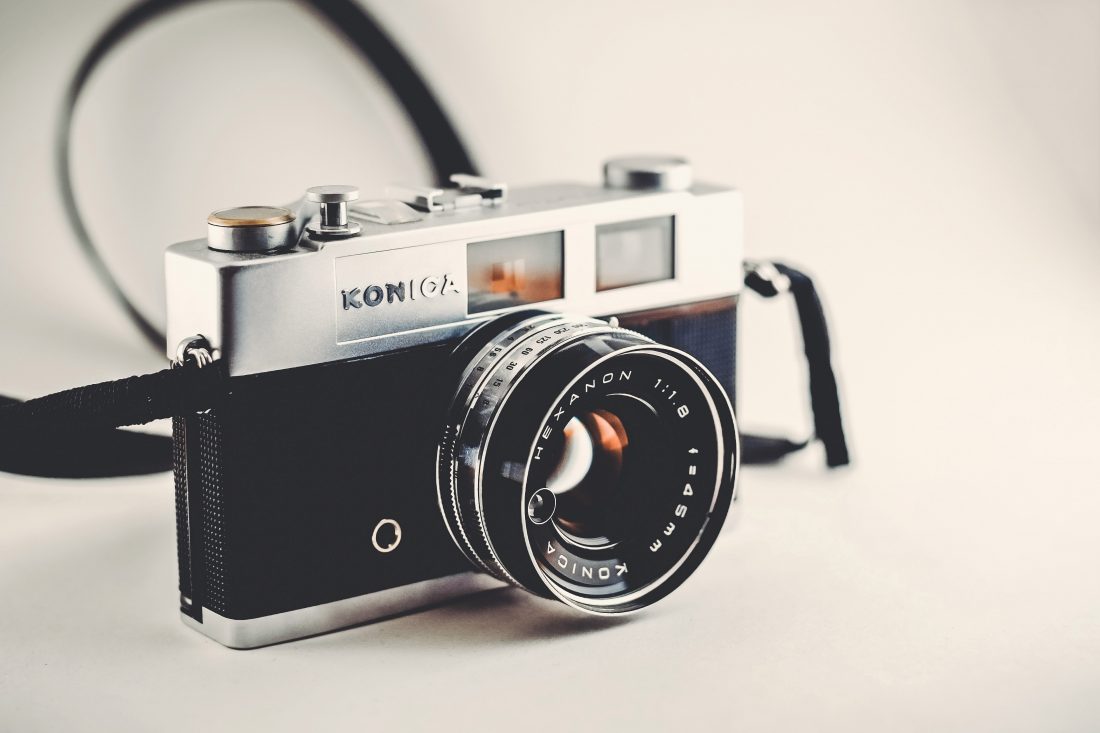
What is the Canon EOS DCS3?
The Canon EOS DCS3 is a digital camera that was released by Canon in 1995. It is a part of the Canon EOS DCS series, which was a collaboration between Canon and Kodak to produce professional digital cameras. The DCS3 was one of the early digital SLR cameras available in the market and was targeted towards professional photographers.
The Launch and Price
The Canon EOS DCS3 was first introduced to the market in November 1995. At the time of its release, it had a price tag of around $15,000, making it a high-end camera that was not accessible to the average consumer. However, professional photographers and photojournalists were willing to invest in this camera due to its advanced features and capabilities.
Specifications and Features
The Canon EOS DCS3 was equipped with a 1.3-megapixel full-frame CCD sensor, which was considered impressive for its time. It offered a maximum resolution of 1280 x 1000 pixels, allowing photographers to capture detailed images. The camera featured a Canon EF lens mount, making it compatible with a wide range of Canon lenses.
One of the key features of the DCS3 was its ability to shoot in the RAW file format, which was a relatively new concept back then. This allowed photographers to have full control over the post-processing of their images, resulting in higher quality and more accurate colors.
The camera also boasted a range of manual settings, giving photographers complete control over exposure, shutter speed, and aperture. It had a built-in LCD monitor for image review, although the screen size was relatively small by today’s standards.
Enduring Legacy
The Canon EOS DCS3 was a groundbreaking camera that played a significant role in the evolution of digital photography. It paved the way for future advancements in technology, such as higher resolution sensors and improved image processing.
Although the DCS3 is now considered outdated compared to modern digital cameras, it still holds a special place in the history of photography. Its release marked a major turning point in the industry, as professionals started to embrace the advantages of digital imaging over traditional film.
It is worth noting that the Canon EOS DCS3 was released in the era of film cameras transitioning to digital. Therefore, it was not compatible with smartphones or other consumer electronics as we know them today. The DCS3 was a standalone digital camera designed specifically for professional use, offering unparalleled image quality and control for its time.
